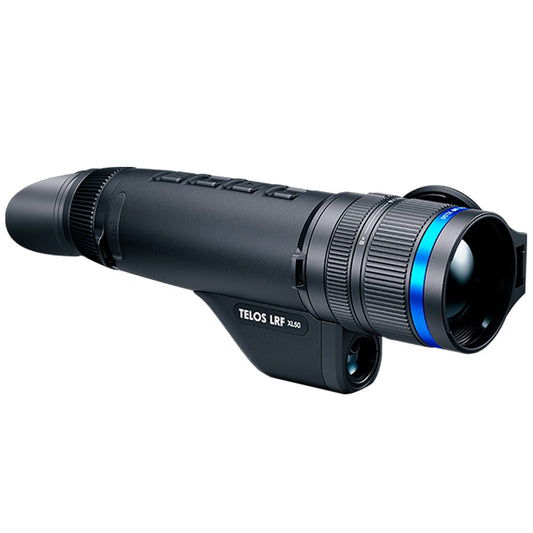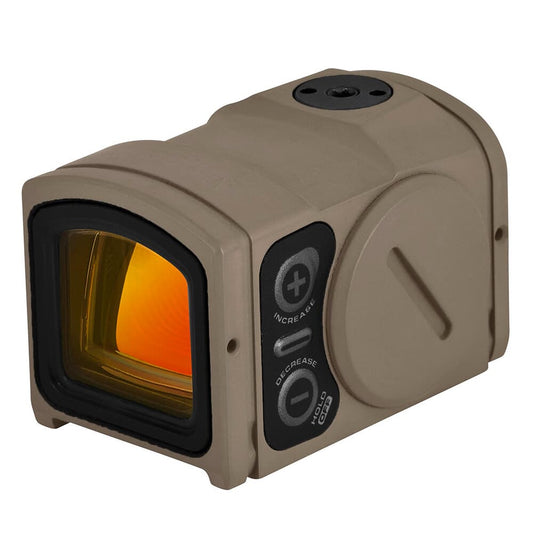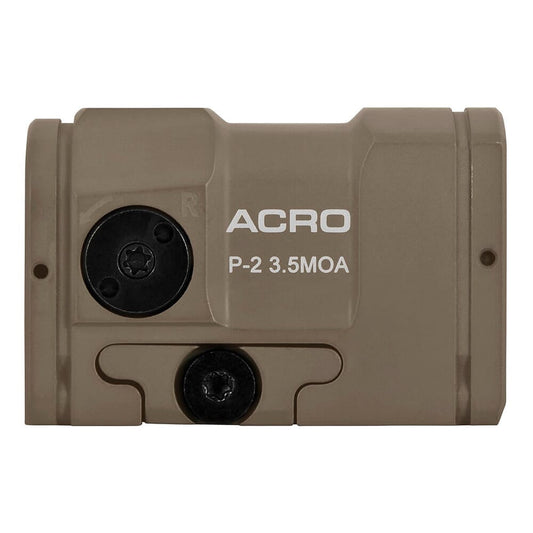

Pulsar Telos LRF XL50 thermal imaging monocular is engineered for precision shooting, whether on tactical missions or hunting excursions. The advanced laser rangefinder enables accurate distance measurement, allowing for confident and precise targeting. This device adapts seamlessly to different environments, ensuring you maintain control and accuracy in various conditions. Weighing only 800g, the compact design makes it easy to carry on all your outdoor adventures.
Functionality extends beyond mere technology; the user-friendly interface and customizable settings enhance your shooting experience. Tailor the device to your specific needs for maximum effectiveness. With the Pulsar Telos LRF XL50, every shot becomes an opportunity for success.
Features:
- LASER RANGEFINDER for precise distance measurement, enhancing shot accuracy.
- CUSTOMIZABLE SETTINGS to suit individual preferences, ensuring optimal performance.
- UPGRADABLE SOFTWARE keeps your device current with the latest features.
- LONG-RANGE CAPABILITIES for effective target acquisition beyond conventional distances.
- USER-FRIENDLY INTERFACE allows for quick adjustments on-the-fly during critical moments.
- COMPACT DESIGN for easy portability during your outdoor adventures.
- HIGH-RESOLUTION DISPLAY delivers crystal-clear imaging in varying light conditions.
- DURABLE CONSTRUCTION to withstand harsh environments, ensuring a reliable companion.
Technical Specifications Table
| Specification | Detail |
|---|---|
| Magnification | Variable |
| Lens Diameter | 50 mm |
| Weight | 800 g |
| Dimensions | 185 x 60 x 65 mm |
| Material | High-strength plastic |
What’s in the Box?
- Lens covers
- Padded carrying case
- Neck strap
- USB charging cable
- User manual
Customer Reviews
"The Pulsar Telos LRF XL50 has transformed how I approach hunting. The accuracy is unmatched!"
"I love the customizable features! It's like having a scope that adapts to my needs." - James.
"Perfect for those challenging shots at dusk. Highly recommend!"
FAQ
How does the Laser Rangefinder work? The integrated laser rangefinder accurately measures the distance to your target, allowing you to make informed shooting decisions. It's a game-changer for long-range optics.
Is the Pulsar Telos LRF XL50 easy to maintain? Yes, with its durable construction and weather-resistant features, it is designed for minimal upkeep. Regular cleaning of the lenses and software updates ensure optimal performance.
How does it compare to other thermal monoculars? The Pulsar Telos LRF XL50 stands out with its combination of a laser rangefinder and customizable features, making it superior for precision shooting, especially in varied conditions.
Similar Models
If you’re looking for other high-performance optics, discover our extensive lineup of Pulsar products, including the Pulsar Accolade 2 LRF for dual-channel thermal imaging and Pulsar Helion 2 for enhanced long-range capabilities. Explore our full collection for exceptional thermal optics tailored to your adventures.
You May Also Like
Here’s some of our most similar products people are buying. Click to discover trending style.








